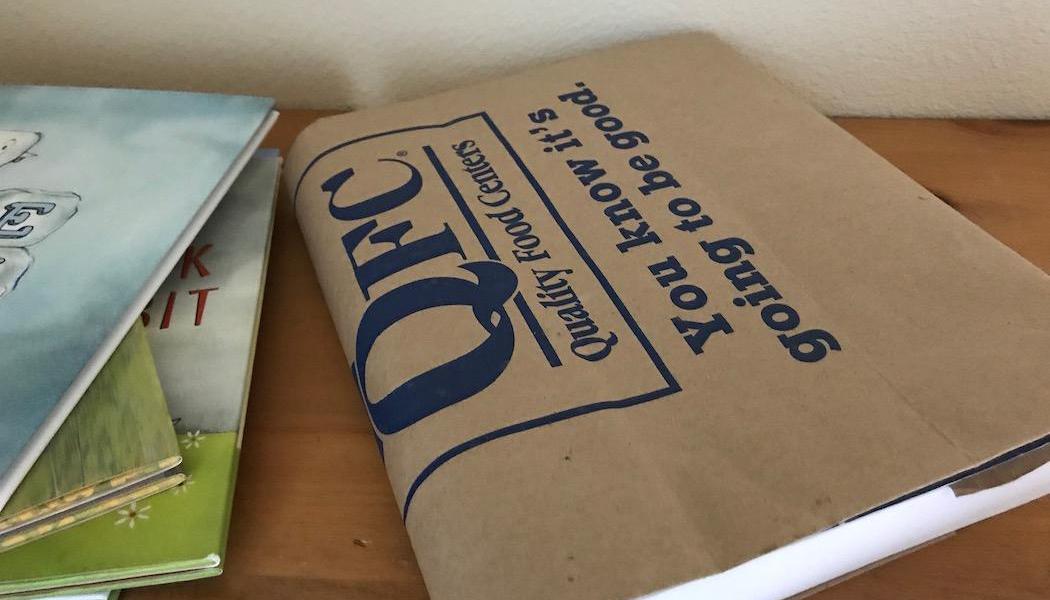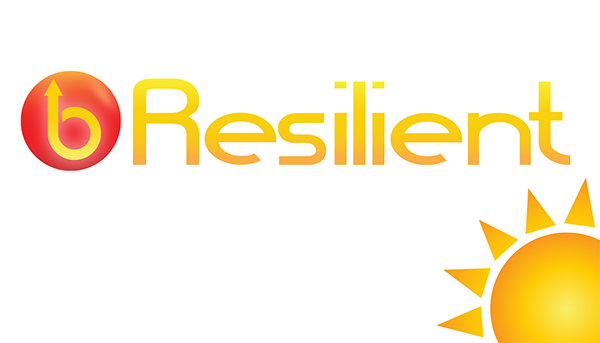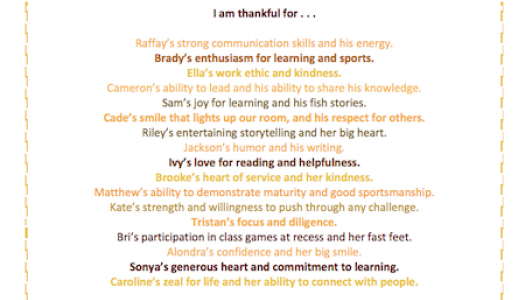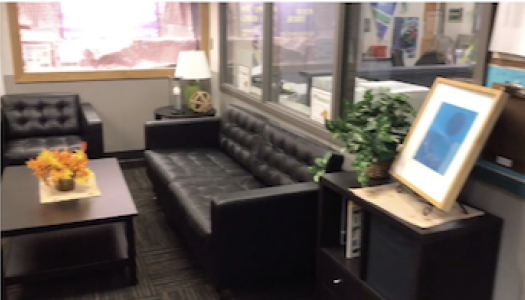
Allison Behne
When I taught third grade, we were required to teach from a reading series. Each student had a hardback reading textbook assigned to them for the year that they were required to cover at home with any type of book cover they wished. The next day, all but one student returned with a store-bought, fabric, or paper-sack cover. Before I had time to inquire about the missing textbook, I received a phone call from my principal, who shared why we were one short of a perfect return. “Allison, I received a phone call from a very concerned parent this morning,” she said. “She thinks it is overwhelming and unreasonable that you required your students to read their entire reading text in one evening. Brian was up late working to get through it but only made it to page 70. His mother said he was near tears coming to school today because he didn’t want to disappoint his new teacher.”
My mouth dropped open, and I was literally speechless. Yes, I had asked the students to cover their books that night. I had even asked them if they knew how to do it. And although most had understood what was being asked of them because of prior experience, Brian had not. I had made the mistake of not modeling or explaining what I meant. Instead, I had assumed they already knew. As a result, Brian had worked to “cover” his book by reading as much as he could. Poor Brian!
This example is one of many I could share because it is easy to assume children know what we mean when we give directions. However, if we are not explicit and don’t model or provide examples, there is a good chance we won’t get the result we want. We need to be clear in our communication when we set out expectations. Using the 10 Steps to Teaching and Learning Independence, we do just that.
Step 1: “Today we are going to learn to Read to Self.”
Step 2: “We do this because it helps us become better readers and it is fun!”
Step 3: “When we read to self, we are independent, which means we do it all by ourselves. What does it look like when we read independently? We get started right away, read the whole time, read quietly, stay in one spot, work on our reading stamina, ignore distractions, and persevere. While you are doing this, I will be working with students.”
In just the first three steps we have told students what we are doing, why we are doing it, and what it looks like. We then go on to have them model, practice, and self-assess. We revisit the stated behaviors and communicate any expectations we may have forgotten or notice needs to be added. This same 10-step process is used to introduce the Daily 5 tasks, Math Daily 3 tasks, classroom behaviors, and more.
When we give directions, teach behaviors, and set expectations in this manner, we eliminate the guesswork for students and allow them to truly focus on the task at hand. The result? Students know what a transition looks and sounds like, know how to choose a good-fit book, and, of course, know how to place a book cover on their book when asked to “cover” their text.
News From The Daily CAFE
One Is a Feast for Mouse: A Thanksgiving Tale by Judy Cox
Make Time to Compliment
A Big School-Entry Reveal









